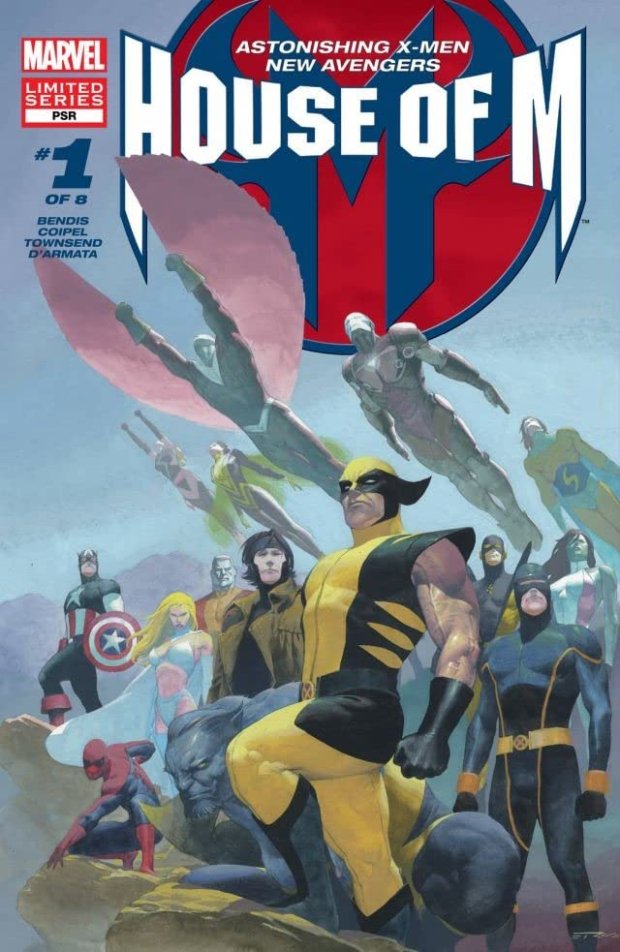by Gene Luen Yang
Dragon Hoops is a fantastic sports (but more than sports!) graphic novel by Gene Luen Yang. A teacher at the Catholic high school Bishop O’Dowd, Yang documents his time with the high school boys’ basketball team and their run for the state championship in the 2015 season. The narrative alternates with profiles of each player, as well as the head coach, building your investment in the teams with each chapter.
But this is way more than a sports book – a genre I wouldn’t usually pick up without a favorite storyteller like Yang as the author. His interviews with the (very diverse) varsity team also dives into themes of race, gender and immigration. Because basketball, and the human drama of sports, is universal regardless of where you come from, but being a minority player can impact everything from playing time to college scholarships to being heckled by the crowd. But for many of these teens, it gives them drive. I’m not sure the last time one book taught you about how basketball got to China, the Sikh religion, and Georgeann Wells – Yang covers a lot of ground, and it’s all important and necessary to celebrating the international landscape of basketball, along with its strengths and shortcomings here in America.
Dragon Hoops is an engrossing and complex look at how sports and American culture interact, while not losing the humanity of the high schoolers and coaches, and still being a sports story at heart.
Yang is the narrator and therefore a prominent character in his own book, and even has his own arc. Yang admits early on that he grew up hating sports, but starts to better understand its appeal while becoming personally invested in the team, and also struggles with how to balance his comic book career and his family. (He’s in talks to start writing DC’s Superman, and some of those scenes are *really* interesting for DC readers.)
Some might assume this is self serving, (and I see some have here on Goodreads) but I think it’s very vulnerable and authentic. Yang is inseparable from the narration, as the narrator, and I appreciate that he leaned into that vulnerability rather than closing himself off to it. (Otherwise I think it could have been more dry and elitist sounding.) This couldn’t be more clear towards the end of the book, when Yang wrestles with revealing an important truth, which he even admits in-page might impact the reader’s sympathy, as well as the “feel good” ending of the story. This was a vulnerable decision he shares with the reader, rather than a meta dialogue about the nature of nonfiction stories, and I really respect Yang for it. He also makes a big decision at the end of the year that will be meaningful for fans, and gives the story more meaning too. There are also a few pages of footnotes at the back where Yang is upfront about minor and major changes he made to events, along with his historical sources.
My biggest advice for readers is to – well, aside from definitely read this book – is to not look up the 2015 O’Dowd season results beforehand. Yang does a fantastic job keeping the basketball games exciting and the ending pages are especially thrilling. Like his other books, Yang is a master of simple yet effective style, great pacing, and not using too much dialogue or descriptors. There are some fantastic full page spreads and I appreciate how easy it is to navigate between panels, even if Yang uses a more creative layout. Lark Pien’s colors are consistent and well done too, especially during the dramatic “big lights” games.
Some other favorite things about the book:
– Yang uses a “STEP” motif as players, coaches and families made the choice to step outside their comfort zones and take a risk – it’s effective and not used too often.
– Some intentional artistic choices are just beautifully done. For example, in the chapter about women’s basketball, Yang leaves a blank page for Georgeann Wells’ dunk – the first dunk by a woman in college basketball history – until the footage is found decades later. (Because of course no one believed it happened otherwise. Ugh.)
– Speaking of which – okay Yangsta, it’s time for Oderah and women’s basketball to get their own book. Please? This was probably my favorite chapter along with Jeevin’s profile, which I found incredibly moving.
– I just realized the “STEP” pattern is also on the cover. Well done, sir.



 Fables vol 1: Legends in Exile
Fables vol 1: Legends in Exile New X-Men, volume 1: E is for Extinction
New X-Men, volume 1: E is for Extinction New X-Men, volume 2: Imperial (DNF)
New X-Men, volume 2: Imperial (DNF)



 An Age of License
An Age of License Coda, vol 1
Coda, vol 1 Friendly Neighboorhood Spider-Man #11
Friendly Neighboorhood Spider-Man #11